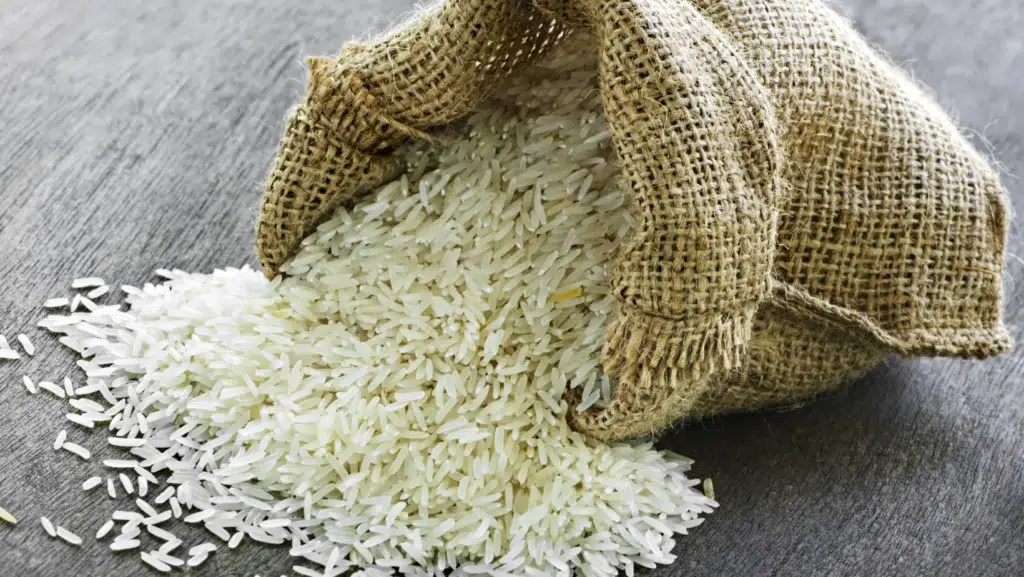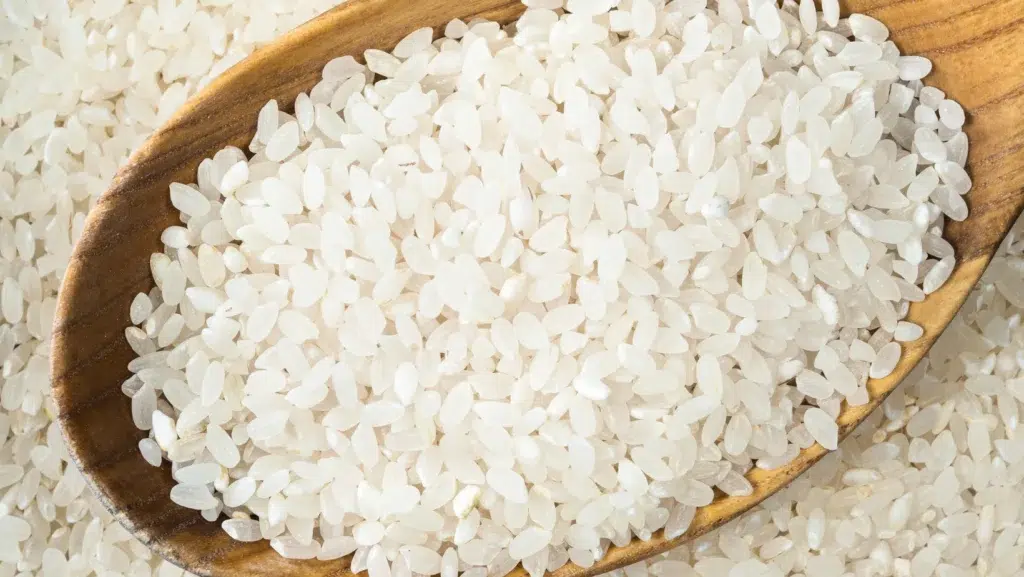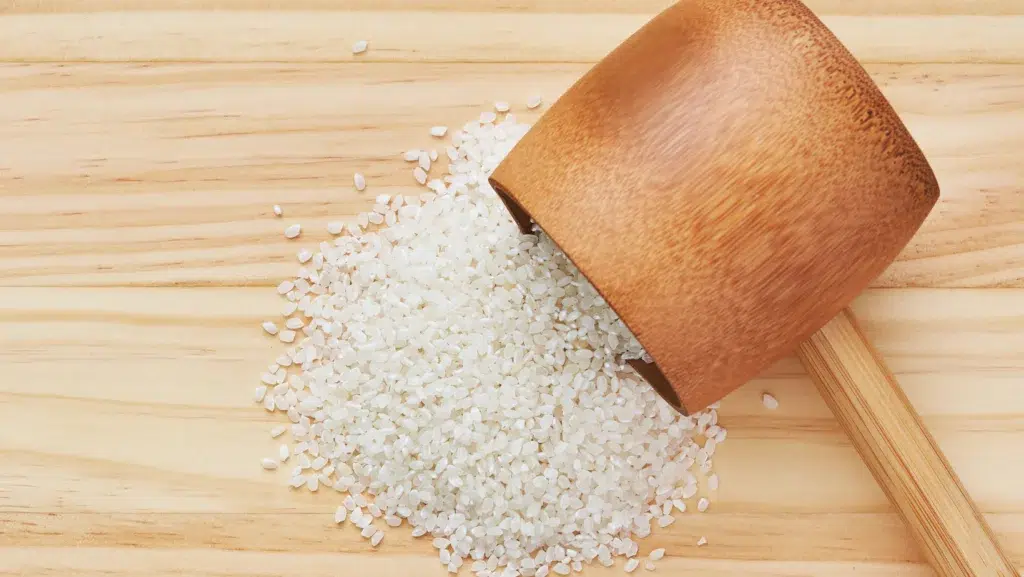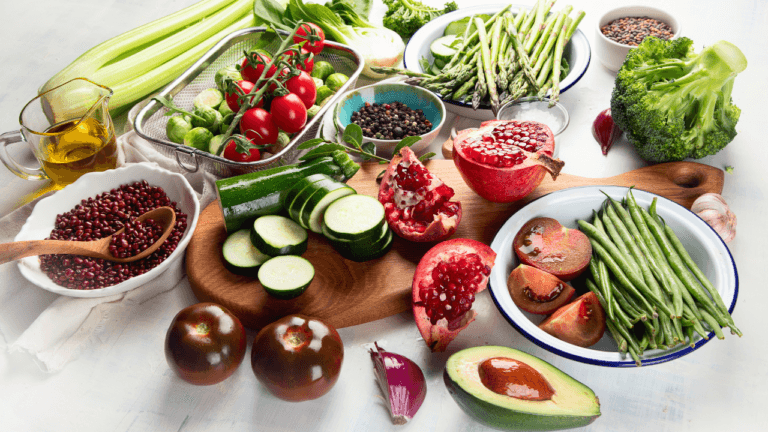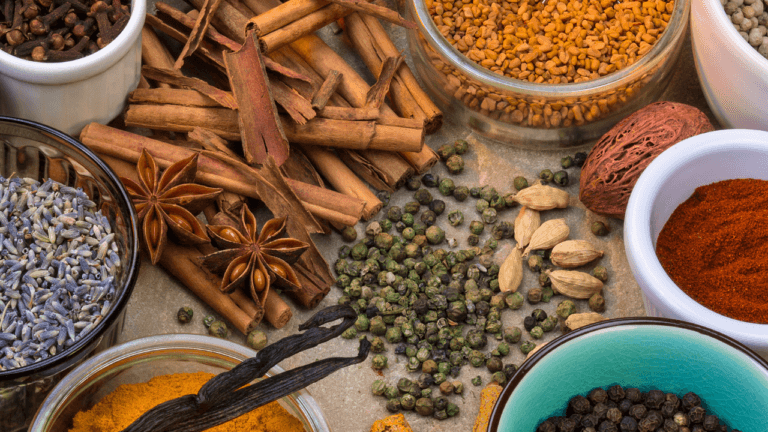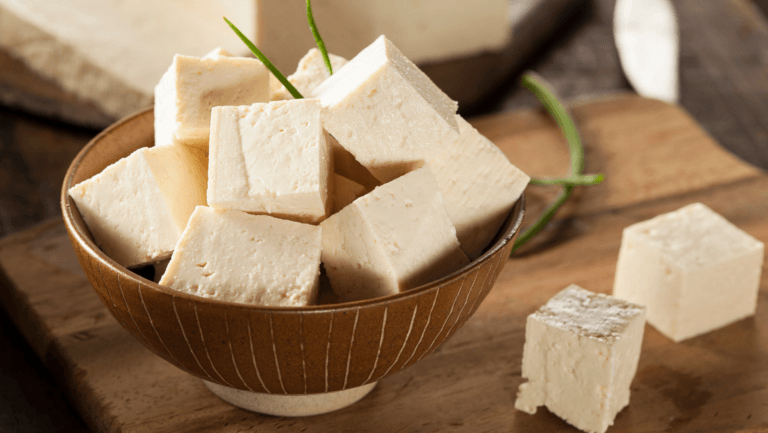The Ultimate Rice Guide: Exploring Global Varieties

Some links on this page are affiliate links. This means we may earn a commission at no additional cost to you if you click through and make a purchase, you can check our Affiliate Disclosure. Thank you for your support!
Hey there, rice lovers! 🌾 Have you ever thought about how rice isn’t just a side dish on your plate but a star in kitchens worldwide? Rice is amazing—it’s like the chameleon of the culinary world, fitting into countless recipes and cultures. We will explore the fascinating world of rice: its types, nutritional value, and role in dishes that delight our taste buds.
Why focus on rice, you ask? Well, rice is more than just a grain; it’s a global staple. It feeds more than half the world’s population—pretty impressive, right? From the aromatic Basmati rice in Indian biryanis to the sticky rice in your favorite sushi, there’s a type of rice for every dish and every occasion.
Our journey will take us through different types of rice, their unique characteristics, and how they make every meal special. We’ll also dive into some cool cooking tips and tricks. Whether you’re a rice newbie or a seasoned rice cooker, this blog is your ticket to becoming a rice connoisseur. So, let’s get started and discover the wonderful world of rice together! 🍚🌍
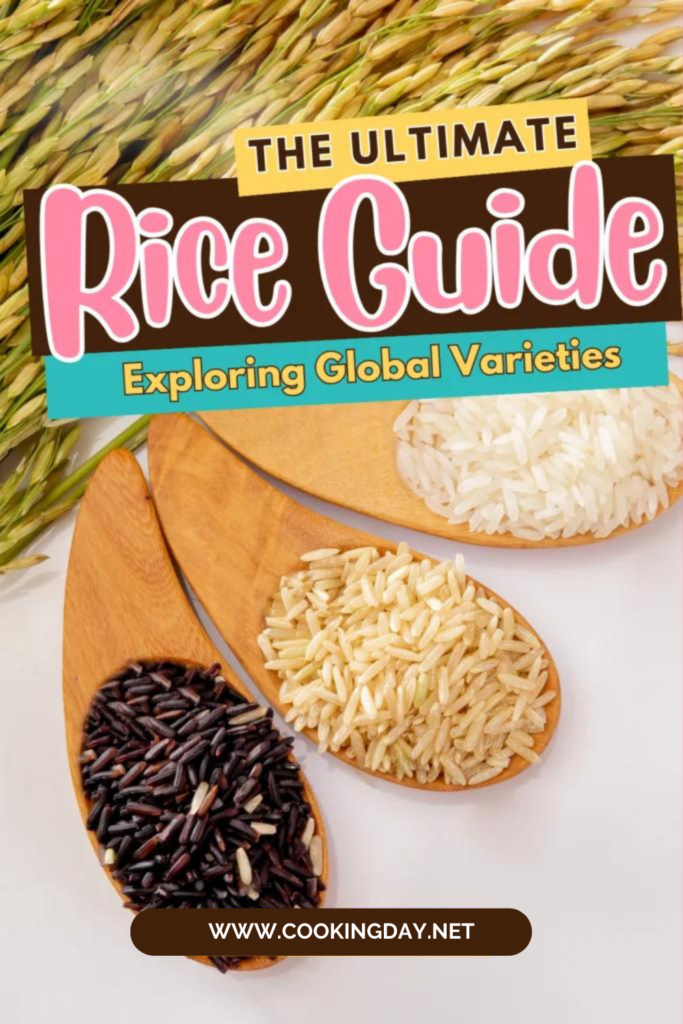
The History and Significance of Rice
Rice isn’t just a grain; it’s a tale of history and tradition woven into our daily lives. Let’s take a trip back in time and explore how rice became today’s global staple.
Tracing the Origins of Rice Cultivation
Rice has a story that dates back thousands of years. It first made its appearance in Asia, around 5000 BC. Imagine ancient farmers in China and India, working hard in lush, water-filled fields, cultivating this precious grain. It’s from these humble beginnings that rice began its journey across continents.
Rice cultivation is a true art. It requires precise conditions: lots of water, warm temperatures, and patience. Over centuries, rice farming spread to every corner of Asia and beyond, thanks to traders, travelers, and the natural spread of knowledge. This journey turned rice into a key player in global agriculture.
Cultural Significance of Rice in Various Regions
Rice is more than food; it’s a cultural symbol. In many Asian cultures, rice represents life and fertility. Think about the grand rice terraces of the Philippines or the vibrant festivals in India, where rice is central to the celebration. It’s amazing how a single grain can hold such importance.
In Japan, rice is the heart of their cuisine. Sushi, anyone? 🍣 In China, rice is a daily staple, essential in dishes like fried rice and congee. Move to Italy, and you’ll find Arborio rice starring in creamy risottos. And let’s not forget the classic paella in Spain, where rice dances with seafood and spices.
Rice also plays a role in religious rituals and traditions. In many weddings across different cultures, throwing rice symbolizes prosperity and fertility.
So, next time you take a bite of that delicious rice dish, remember: you’re not just eating a grain, you’re partaking in a rich, global history. Rice connects us all, across borders and generations. 🌾
Types of Rice and Their Characteristics
When you think of rice, you might picture just one kind. But hold on, there’s a whole world of rice types out there! Let’s break it down and check out some popular ones, each with its unique personality.
Long-Grain Rice: Basmati and Jasmine
First up, meet the long-grain superstars: Basmati and Jasmine rice. These guys are like the slender, elegant models of the rice world.
- Basmati Rice: Originating from India and Pakistan, Basmati is all about fragrance. It’s like a bouquet of aroma in your kitchen. It becomes fluffy and light when cooked, perfect for soaking up spicy curries or making a biryani.
- Jasmine Rice: Hailing from Thailand, Jasmine rice is a bit stickier than Basmati. It has a subtle floral aroma (hence the name Jasmine) and a slightly sweet taste. It’s the go-to rice for Thai dishes, complementing everything from green curry to mango with sticky rice.
Medium-Grain Rice: Arborio and Valencia
Now, let’s talk about the medium-grain champs: Arborio and Valencia.
- Arborio Rice: This Italian rice is the star in risotto. When cooked, it’s a bit chubby and has a creamy, chewy texture. Arborio absorbs flavors beautifully, making your risotto rich and full of taste.
- Valencia Rice: Valencia, often used in Spanish dishes, is similar to Arborio but a tad firmer. It’s the rice you want for a perfect paella, absorbing all the savory flavors and holding its shape like a champ.
Short-Grain Rice: Sushi Rice and Arborio
Last but not least, the short-grain buddies: Sushi Rice and, again, Arborio (yes, it’s versatile!).
- Sushi Rice: This rice is the sticky wonder of Japan. It’s short, plump, and when cooked, it’s perfectly sticky for making sushi rolls. It has a slight sweetness that balances the flavors in sushi.
- Arborio Rice: As we mentioned, Arborio is not just for risotto! It also works great in dishes with a desired creamy texture, thanks to its high starch content.
So, there you have it—a mini guide to some popular types of rice. Each type brings its flair to the table, making your meals anything but boring. 🍚✨
Nutritional Profile of Different Rice Varieties
Rice is not just a tasty side dish; it’s a nutritional powerhouse too! But regarding health advantages, not all rice is made equal. Let’s examine the nutritional profiles of several types of rice to discover what they offer.
Brown Rice vs. White Rice: Nutritional Differences
It’s like the classic showdown: brown rice vs. white rice. But what’s the real difference?
- Brown Rice: This is the whole grain version of rice. It keeps its outer layer (the bran), which means more fiber, vitamins, and minerals. Brown rice is a champ for digestive health and is a great pick for those looking to keep their heart healthy. Plus, it’s got a nice, nutty flavor.
- White Rice: White rice is brown rice’s polished cousin. It’s had its bran and germ removed, which makes it softer and quicker to cook. But this also means it’s lost some of its nutritional value. White rice is easier to digest, making it a good option for sensitive stomachs.
The Health Benefits of Wild Rice and Black Rice
Let’s check out the lesser-known but super-healthy wild and black rice.
- Wild Rice: Not actually rice but a grass, wild rice is a nutritional superstar. It has a lot of fiber, protein, and antioxidants. In addition to maintaining heart health, wild rice is an excellent source of energy.
- Black Rice:Black rice, also referred to as “forbidden rice,” is a high source of antioxidants, including anthocyanin, which gives it its cool, dark hue. These antioxidants are great for heart health and reducing inflammation. Plus, black rice is high in fiber and protein.
So, there you have it! Each type of rice brings its own set of nutritional benefits to the table. Whether you’re going for heart health with brown rice or antioxidant power with black rice, you’re making a great choice for your body. 🌾💪🍚
Culinary Uses and Recipes
Rice is not just a side dish; it’s a culinary hero! Whether you’re a kitchen newbie or a seasoned chef, rice can be your best friend in cooking. Let’s explore how to perfect your rice cooking techniques and then take a culinary tour of global rice dishes.
Perfecting Rice Cooking Techniques
Cooking rice seems simple, but there’s an art to getting it just right. Here are some tips to nail it every time:
- Rinse Your Rice: Always rinse your rice under cold water until the water runs clear. This step removes excess starch, making your rice less sticky.
- Water-to-Rice Ratio: This is crucial. A general rule is 2 cups of water for every 1 cup of long-grain rice, like Basmati or Jasmine. For short-grain rice, like sushi rice, use a little less water.
- Cooking Method: Rice can be prepared in the oven, on the stove, or in a rice cooker. It’s a slow, low key. Don’t peek too frequently and let it boil slowly!
- Resting Time: After cooking, remove the rice from the heat and let it sit for a few minutes. It enables it to take in any moisture that is still there and become completely fluffy.
ALSO READ: Elevate Your Baking Game by Discovering Flour Varieties
Global Rice Dishes: A Culinary Tour
Now, let’s take our taste buds on a trip around the world with some amazing rice dishes:
- Italy: Risotto: A creamy, dreamy dish where Arborio rice is slowly cooked in broth until it’s rich and velvety.
- Spain: Paella: A vibrant dish featuring Valencia rice, seafood, veggies, and saffron, all cooked in a wide, shallow pan.
- Japan: Sushi: Short-grain sushi rice seasoned with vinegar, paired with fresh fish and wrapped in seaweed.
- India: Biryani: A fragrant dish where Basmati rice is layered with spiced meat or vegetables and slow-cooked to perfection.
- China: Fried Rice: A quick, delicious way to use leftover rice, stir-fried with veggies, eggs, and your choice of protein.
- Mexico: Arroz Rojo (Red Rice): A flavorful side dish where rice is cooked with tomatoes, garlic, and onions.
Rice is incredibly versatile, and these dishes are just the start. Experiment in your kitchen and see what delicious creations you can create.
Storing and Selecting the Best Rice
Rice is a staple in many pantries, but are you storing and selecting it correctly? Let’s dive into some essential tips to keep your rice fresh and pick the perfect dish type.
ALSO READ: Revealing the Magic of Eggs in Worldwide Cuisine
Tips for Storing Rice for Longevity
Keeping your rice fresh and ready to use is easier than you might think. Here’s how:
Keep It Cool and Dry: Store your rice in a cool, dry place. A pantry or a cupboard away from heat sources is ideal.
Airtight Containers: Transfer your rice from its original packaging to an airtight container. It keeps out moisture and pests and helps maintain its quality.
Avoid Sunlight: Sunlight can degrade the quality of rice. Make sure it’s stored in a dark place.
Use Within Six Months: While rice can last a long time, try to use it within six months for the best flavor and texture.
Freeze for Longer Storage: If you want to store rice for an extended period, you can freeze it. Just make sure it’s in airtight packaging.
How to Choose the Right Rice for Your Dish
Picking the right rice can make or break your dish. Here’s a quick guide:
- For Fluffy and Separate Grains: Go for long-grain rice like Basmati or Jasmine. These are perfect for pilafs or dishes where you want the rice to be distinct and not sticky.
- For Creamy Dishes: Need rice for risotto or rice pudding? Pick Arborio or other medium-grain rice. They have more starch, giving you that creamy texture.
- For Sticky Dishes: If you’re making sushi or a dish that needs sticky rice, choose short-grain varieties. They clump together well, making them ideal for sushi or rice balls.
- For Nutritional Value: If health is your focus, brown rice or wild rice are your best bets. They’re higher in fiber and nutrients compared to white rice.
- For Color and Flair: Want to add some color to your plate? Try black or red rice. Not only do they look great, but they also offer unique flavors and extra nutrients.
Remember, the right rice can elevate your dish from good to great. Don’t be afraid to experiment and find your perfect match.
ALSO READ: The Ultimate Guide to Enhancing Your Recipes with Dried Herbs
To Wrap Up
So, we’ve journeyed through the amazing world of rice, discovering its history, types, nutritional benefits, and culinary uses. Let’s quickly recap what we’ve learned:
- Rice’s Rich History: We saw how rice has been a staple in various cultures for centuries, each with its unique significance and traditions.
- Varieties Galore: Each type brings unique texture and flavor from the slender long-grain Basmati and Jasmine to the plump short-grain sushi rice.
- Nutritional Powerhouse: We explored how different rice types, like brown and wild rice, pack a nutritional punch with fiber, protein, and antioxidant content.
- Cooking Techniques: We covered tips for perfecting rice cooking, whether you’re making a fluffy pilaf or creamy risotto.
- Global Flavors: We took a culinary tour worldwide, sampling dishes like paella, biryani, and sushi, all showcasing rice’s versatility.
Now, it’s your turn! Dive into the world of rice, experiment with different types, and discover new flavors and dishes. Remember, cooking is all about exploration and fun. So, grab some rice and let your culinary adventure begin! Who knows, you might just find your new favorite dish. Happy cooking and enjoy the endless possibilities with rice! 🌍🍚👩🍳🎉

